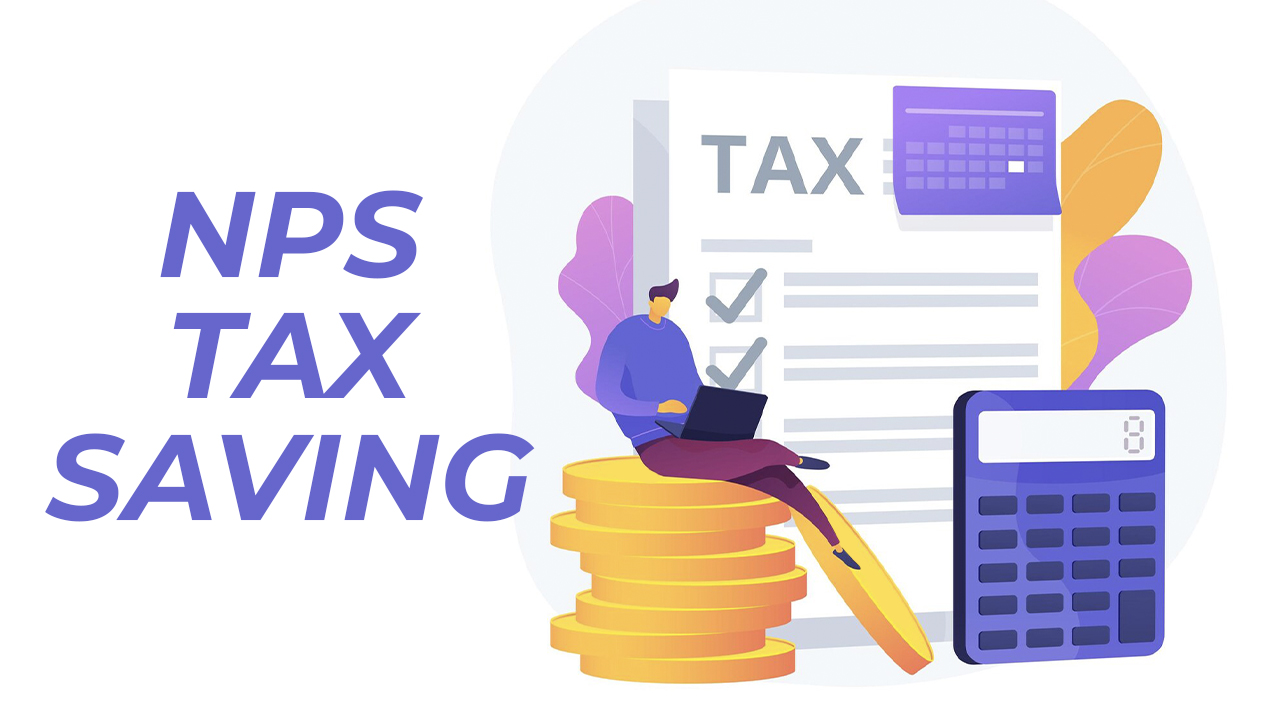[ad_1]
One common tax deduction available under the old tax rules is Section 80C of the Income Tax Act, 1961.It allows individuals to deduct up to Rs 1.5 lakh from their taxable income each year. To qualify, individuals must invest in specified avenues like EPF, PPF, ELSS mutual funds, tax-saving FDs, pay tuition fees for their children, or repay home loan principal. Investing in the National Pension System (NPS) also falls under this deduction limit of Rs 1.5 lakh.
If you’ve already reached the limit under Section 80C, you can still get a tax break by investing in the National Pension System (NPS) under a different section of the Income Tax Act, states an ET report. This allows you to save more tax on top of the maximum savings available under Section 80C.
ALSO READ | PPF, NPS, Sukanya Samriddhi rules: What’s the minimum deposit to be made per financial year to avoid penalty or account freezing?
How extra NPS investment can reduce income tax beyond Section 80C
To understand how investing in NPS can save you income tax beyond Section 80C, it’s important to understand the following:
Section 80CCE: This section of the Income Tax Act oversees various tax-saving sections, including 80C, 80CCC, and 80CCD (1). Under Section 80CCE, the total deductions claimed under these sections cannot exceed Rs 1.5 lakh in a financial year.
Section 80C: Among these sections, Section 80C is well-known, allowing deductions for investments in EPF, PPF, tax-saving FDs, and specified expenditures.
Section 80CCC: Deductions under Section 80CCC are claimed for investments in specified pension funds offered by life insurance companies, though it’s not widely used.
Section 80CCD (1): This section allows deductions for individual investments in pension schemes notified by the Central government, such as NPS and Atal Pension Yojana. Individuals can claim a deduction of either 10% of their salary income or 20% of their gross total income, up to a maximum of Rs 1.5 lakh per financial year.
As shown above, investing in NPS qualifies for a deduction under Section 80CCD (1), but it’s constrained by the overall Rs 1.5 lakh limit set by Section 80CCE. Therefore, combining NPS investments with other avenues like those mentioned in Sections 80C, 80CCD (1), and 80CCC cannot exceed the total deduction limit of Rs 1.5 lakh, regardless of the invested amounts.
How NPS can provide an extra deduction of Rs 50,000
In addition to the previously mentioned Section 80CCE, there’s another significant section in the Income Tax Act called Section 80CCD (1B). Under this section, investments made in NPS can be claimed as deductions, with a maximum limit of Rs 50,000.
Milin Bakhai, Associate Partner, Direct Taxes, N.A. Shah Associates was quoted as saying, “NPS is a voluntary retirement savings plan introduced by the central government. Individual taxpayers get an additional deduction of Rs 50,000 under Section 80CCD(1B), which is over and above the prescribed threshold of Rs 1.5 lakh under Section 80CCE which is available for investment in NPS and also for traditional investments like life insurance policies, tax-saving FDs, ELSS etc.”
It is important to note that deductions under Section 80C, Section 80CCD (1), and Section 80CCD (1B) are exclusively applicable under the old tax regime. Individuals choosing the new tax regime are not eligible to claim these deductions.
ALSO READ | New NPS partial withdrawal rules: How National Pension System rules work, reasons, limits, when to opt for them and more FAQs answered
Let’s consider an example to illustrate this. Suppose an individual, Mr. X, has made the following investments and expenditures in a financial year:
a) Invested Rs 80,000 in EPF.
b) Repaid Rs 50,000 towards the principal of a home loan.
c) Invested Rs 1 lakh in NPS.
According to the income tax laws, Mr. X can claim a Section 80C deduction of Rs 1.3 lakh (Rs 80,000 + Rs 50,000) for his EPF investment and home loan principal repayment. Additionally, he can claim a deduction of Rs 20,000 for his NPS investment under Section 80CCD (1). Therefore, Mr. X can avail a total deduction of Rs 1.5 lakh (Rs 80,000 + Rs 50,000 + Rs 20,000) using Section 80C and Section 80CCD(1) under the umbrella section of Section 80CCE.
An additional deduction for NPS investment can be claimed under Section 80CCD(1B), with a maximum limit of Rs 50,000. This deduction is separate from the Rs 1.5 lakh deduction mentioned earlier. Therefore, for an NPS investment of Rs 1 lakh, Mr. X can claim a total deduction of Rs 70,000 (Rs 20,000 under Section 80CCD (1) + Rs 50,000 under Section 80CCD (1B)). However, he cannot claim a deduction for the remaining Rs 30,000 of the Rs 1 lakh invested in NPS.
How to invest in NPS to claim the additional Rs 50,000 deduction
To claim tax breaks for NPS investment, an individual must invest in a Tier-I NPS account under their name.
Additionally, according to Bakhai, deductions under Section 80CCD (1B) can only be claimed if the Section 80CCE limit is completely utilized. If there is any remaining balance under Section 80CCE (with a limit of Rs 1.5 lakh), the NPS investment qualifies for deduction under Section 80CCD (1), and any remaining balance after the limit is exhausted is eligible for deduction under Section 80CCD (1B).
Here’s an example to clarify this concept: Let’s say Mr. A invests in EPF, PPF, and repays his home loan principal, totaling Rs 1.48 lakh under Section 80C. To claim a deduction under Section 80CCD (1B), Mr. A invests Rs 50,000 in NPS. Since he hasn’t reached the Rs 1.5 lakh limit under Section 80CCE (combining Section 80CCD (1) and Section 80C), Mr. A must claim Rs 2,000 as a deduction under Section 80CCD (1) from the NPS investment of Rs 50,000. The remaining balance of Rs 48,000 can then be claimed as a deduction under Section 80CCD (1B).
Bakhai mentions that both salaried and self-employed taxpayers can claim the additional benefit of Rs 50,000 under Section 80CCD (1B).
[ad_2]
Source link


